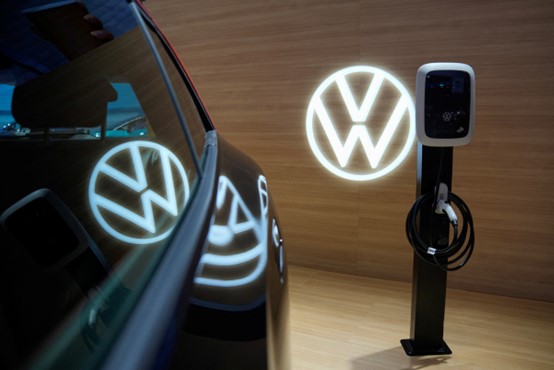
A Volkswagen charging station is displayed at the Shanghai auto show on April 18, 2023. [Photo provided to chinadaily.com.cn]
Volkswagen AG expects to scale up its sales to 4 million units in 2030 in China, which CEO Oliver Blume said is the German carmaker’s “second home market”.
The 2030 sales goal, which was announced on Wednesday, would mean a 15 percent share of the Chinese market and a 23 percent rise from the carmaker’s 2023 sales in the country.
Last year, the German car group delivered 3.24 million vehicles in China, its largest market across the globe. Its China sales peaked in 2019, at 4.23 million units.
Blume said: “We focus on our Chinese customers’ expectations and the accelerated time-to-market of our products. At the same time, we are pushing pioneering technologies, increasing cost efficiency, and deepening local partnerships.”
Volkswagen AG said it expects to achieve cost parity with local Chinese carmakers in terms of entry-level compact vehicles by 2026, primarily because of its China Main Platform and the LFP battery technology.
This segment is expected to account for more than 50 percent of the total market in the future, said the carmaker.
To benefit from this growth, the group will extend its full-electric portfolio to the compact segment through its Volkswagen brand and based on its China Main Platform.
Thanks to the Volkswagen Group China Technology Company, the group can shorten the time-to-market for new local products by 30 percent.
The German carmaker said its target is to be and remain the leader among international carmakers and to position the company in the top 3 in the Chinese market.
This ambition is in line with the anticipated growth of the Chinese market that is characterized by several key trends, potentially unlocking new profit pools in the automotive industry in the coming years.
The total passenger car market is expected to grow to more than 28 million vehicles by 2030, which is around 6 to 7 million more vehicles than today.
In addition, the NEV market is expected to reach a share of about 75 percent by the end of the decade – almost three times the share in 2023.
